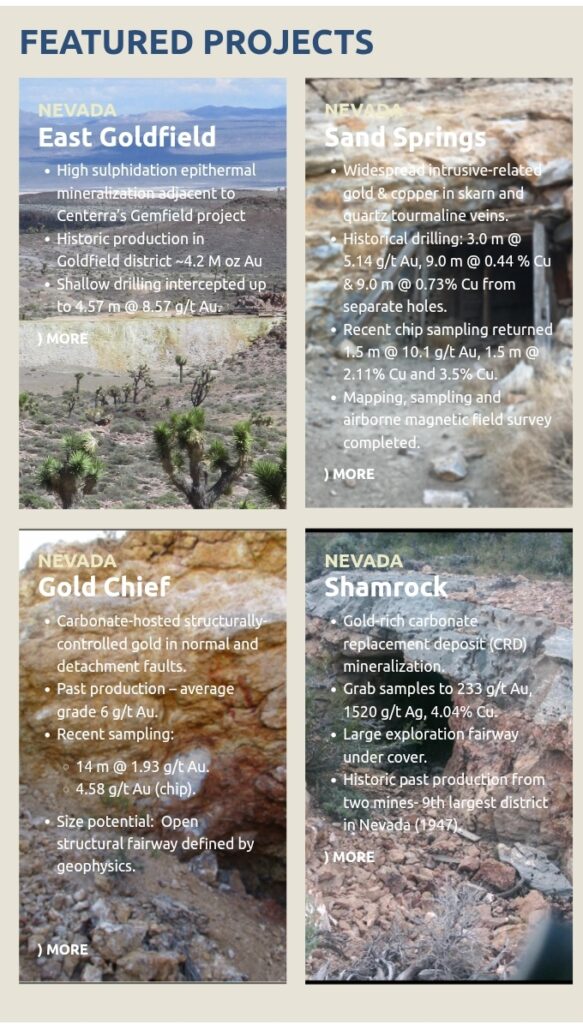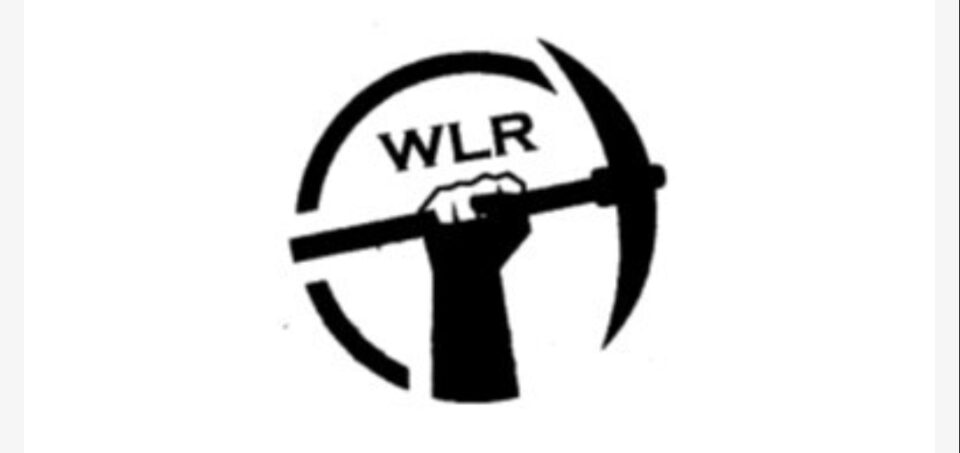Beyond the Drill: When Modern CX and EX Challenges in Mining at Tule Canyon Turn Real-World Setbacks into Strategic Opportunity
Imagine the scene: A legacy mining team, seasoned and persistent, stands at the edge of Nevada’s Tule Canyon. Their goal isn’t just finding gold or silver—it’s navigating a modern tangle of community perception, regulation, workforce shortages, and rapid technology adoption. For Walker Lane Resources Ltd., as they launch an airborne survey at Tule Canyon, these hurdles are as real and unpredictable as any mineral seam.
The mining industry—often seen as old world—is now at the frontline of transformation. Emerging technologies, increasingly vocal stakeholders, and the relentless demand for sustainability have redefined what it means to serve both the customer and the employee. In 2025, creating positive experiences—whether that’s for investors, partners, communities, or frontline workers—takes center stage across every business in this sector.
Let’s dig into the real CX and EX challenges facing mining today, and the practical strategies that are pushing the industry forward.
Making Mining Modern: The CX and EX Imperative
Real world mining operations like Walker Lane’s Tule Canyon project offer a window into the deepening complexity of mining customer experience (CX) and employee experience (EX). Here’s why:
- Stakeholder Trust Is Tougher to Earn: Legacy operations are scrutinized for social, environmental, and ethical impact. Before even a single survey line is flown, every decision is debated in public and private forums. Communities want transparency and real value, not just promises of jobs or compliance.
- Regulatory Headwinds: Far from being a box-ticking exercise, compliance now means anticipating evolving frameworks for ESG (environmental, social, governance) and being ready for cross-border supply chain scrutiny.
- Workforce and Skills Gaps: With digital systems and AI reshaping geology, logistics, and planning, the sector needs new skills—yet struggles to recruit and retain talent, especially in remote and high-risk regions.
The Tools of Transformation
As Precision Geosurveys Inc. prepares to map Tule Canyon’s complex geology, they’re proving that technology—drones, AI analytics, big data—can speed up discovery and improve efficiency. But modern mining’s transformation goes much deeper:
- End-to-End Visibility: Real-time process mining (analyzing everything from website use to production logistics) now enables operational transparency and better, data-driven decisioning. Companies implementing process mining have cut operational costs by 20–40%, all while advancing environmental targets.
- Digital Twins and Smart Monitoring: IoT sensor networks and digital twins are being adopted for predictive maintenance, environmental monitoring, and safety—a move that not only boosts uptime but demonstrates care for the workforce.
- Stakeholder Communication Platforms: Digital platforms aren’t just for investors—they’re connecting community stakeholders, employees, and regulators, turning feedback into iterative improvement and faster conflict resolution.
In-Depth: What Data Tells Us About Mining CX in 2025
The rapid digitalization of mining brings vast opportunities and significant risks:
- Demand Surge for Energy Metals: The International Energy Agency estimates demand for critical minerals like lithium, nickel, and copper will triple by 2030 for renewable energy and battery markets.
- Global Supply Chain Pressure: Mining supply chains are more globalized and complex than ever, leaving companies exposed to regulatory shocks, geopolitical risks, and ethical sourcing standards.
- New Project Bottlenecks: Regulatory approval times have expanded, project costs are rising—especially in North America and Africa—and workforce shortages threaten timely delivery.
Key Numbers
- Over the next 30 years, miners must extract more ore than in all previous human history to meet green energy goals.
- Almost 50% of mining companies are exploring circular economy approaches, integrating recycling alongside extraction.
- Operational digital transformation has led to 20–40% cost reductions in early adopter organizations.
- Skilled workforce shortages remain a top concern, with digital and automation skills now eclipsing traditional labor needs.
Expert Commentary: New Definitions of “Good Experience”
Kory Laszewski, VP, TELUS International, notes in the 2024 CX Leaders Trends & Insights report: “The mining sector is under unprecedented pressure. For companies to ‘win’ in this environment, they have to pivot from compliance-driven mindsets to genuinely designing experiences—both for their workforce and their communities. Transparent reporting, proactive communication, and a digital-first stance are now expected as table stakes.”
EY’s Energy Survey (2025) finds that companies excelling in CX and EX in mining do these six things:
- Connect with stakeholders early and often—before issues arise.
- Invest in upskilling and reskilling, giving workers confidence in an AI-infused environment.
- Use digital twins and real-time analytics for end-to-end transparency.
- Partner across the ecosystem—community leaders, governments, and suppliers—for faster innovation.
- Own ethical sourcing, using third-party audits and technologies like blockchain to validate claims.
- Prioritize supply chain resiliency by proactively mapping and mitigating supplier risks.
The days when “no news was good news” in mining are over. Now, being silent is seen as evasive; genuine, ongoing engagement underpins trust.
Case Study: Walker Lane Resources at Tule Canyon
Walker Lane’s airborne magnetic and radiometric survey at Tule Canyon blends old-world ambition with modern, technology-enabled practices. Here’s what stands out:
- Early Engagement: By partnering openly with Silver Range Resources and local communities, Walker Lane signals transparency and a willingness to co-create solutions.
- Data-Driven Targeting: Modern geophysical mapping reduces environmental disruption, as targets are drilled only after rigorous non-invasive analysis.
- Historical Sensitivity: Rather than erasing heritage, Walker Lane incorporates historic mining legacy into its communications, showing respect for past and present stakeholders alike.
- Moving to Drilling Only with Consent: No known drilling has happened since the 1980s, despite high-grade deposits. The company is explicit about only proceeding with full transparency, permissions, and modern best practices.
These steps build a narrative of responsible exploration, crucial for both local support and global capital markets.

Actionable Insights for CX/EX Leaders
For leaders looking to improve customer and employee experiences in mining and resource sectors, here’s what works in 2025:
1. Make Transparency The Default
- Share exploration data and plans early—even if results are uncertain.
- Publish both successes and learning moments, setting expectations realistically.
- Leverage digital portals for community feedback, environmental data, and project updates.
2. Build a Culture of Continuous Learning
- Move beyond compliance training: focus on upskilling for automation, analytics, and digital collaboration.
- Foster psychological safety so employees can express concerns, innovate, and flag risks.
3. Redesign Experience Around Digital
- Invest in IoT, AI, and process mining for better insights, prediction, and optimization.
- Automate repetitive tasks, freeing employees for higher value work (and reducing injuries).
- Unify fragmented systems to streamline the employee and customer journey.
4. Engage Every Stakeholder—Proactively
- Identify all major stakeholders from local communities to global supply chain partners.
- Co-create impact programs and ensure early input is visible in final planning.
- Integrate third-party audits and certification for ESG claims.
5. Prepare for the Unexpected
- Scenario-plan for regulatory changes, supply chain shocks, and talent shortages.
- Run crisis simulations so teams know how to respond quickly and transparently.
Practical Takeaways
- Modern mining CX and EX are inseparable from digital transformation, workforce engagement, and transparent stakeholder management.
- Technology is essential, but its real impact depends on being deployed in a culture of trust, learning, and collaboration.
- Mining companies that lead on transparency, digital adoption, and proactive stakeholder engagement will secure critical resources, talent, and public trust for the long haul.
- As projects like Walker Lane’s Tule Canyon demonstrate, the balance of legacy and innovation isn’t just possible—it’s now the expectation.
CX and EX professionals hold the keys to this transformation. By driving clarity, connection, and confidence across all touchpoints. From field surveys to boardroom updates. They can turn even the most challenging industry headwinds into the tailwinds of opportunity.

